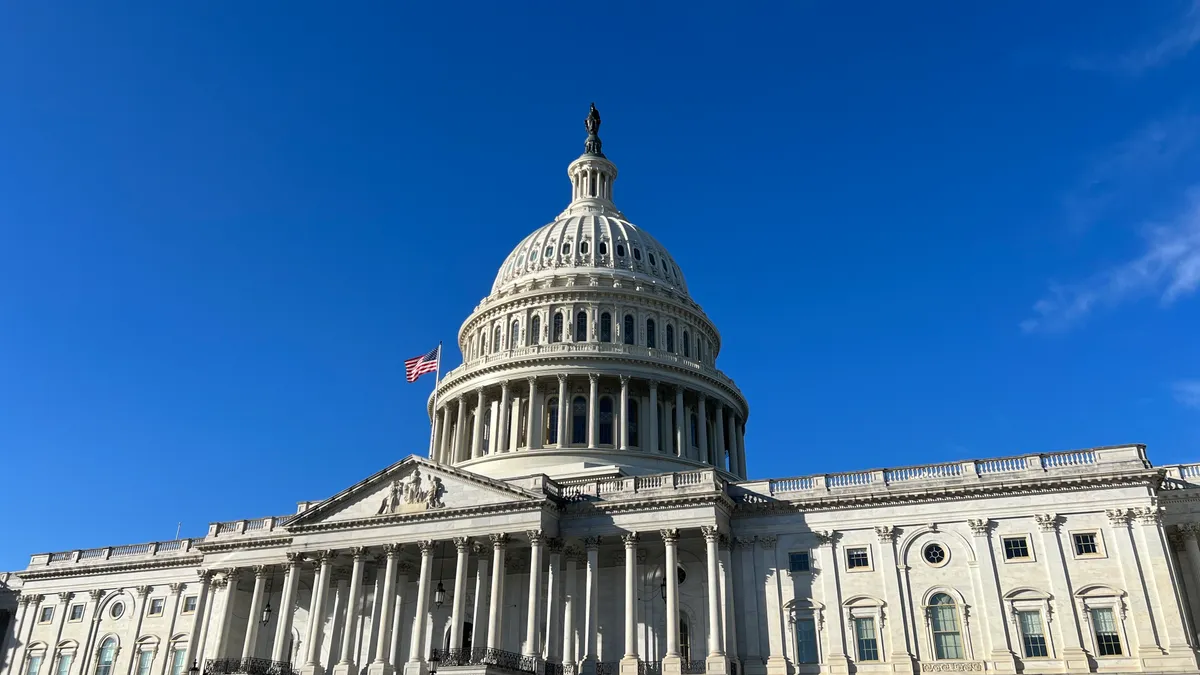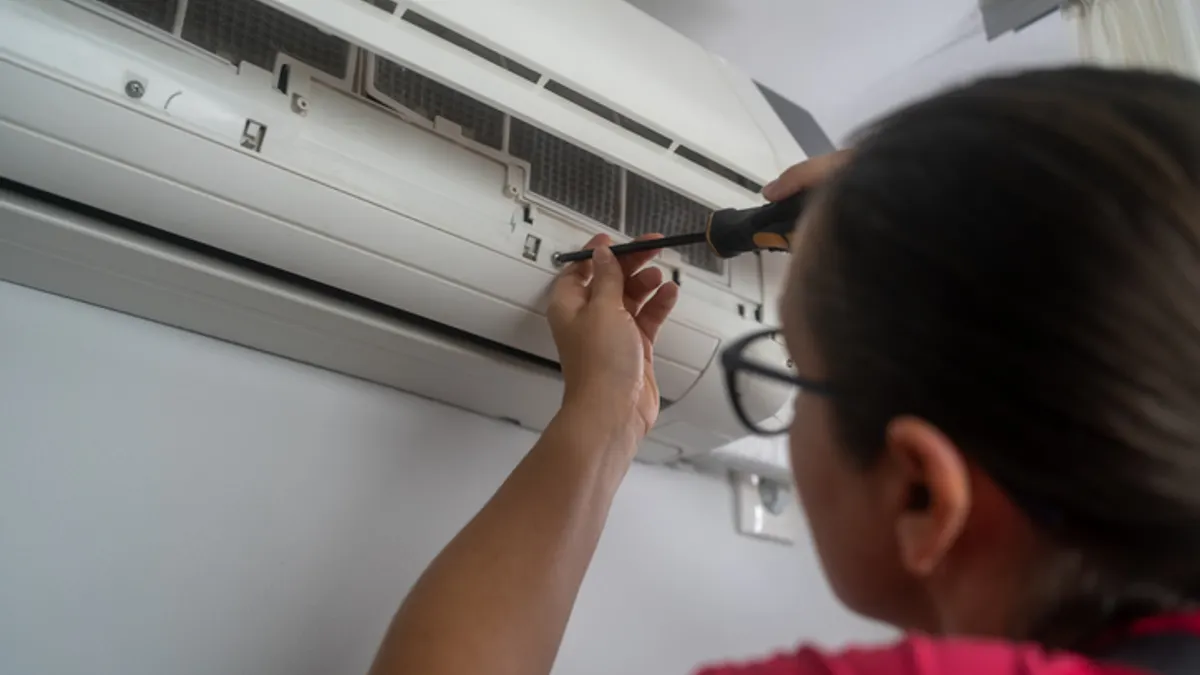Dive Brief:
- The U.S. House of Representatives passed a bill March 11 to standardize how the federal government calculates its building occupation and utilization rates and, where utilization falls below 60%, to reduce or consolidate federal office space, according to a press release from the House Transportation and Infrastructure Committee. The Utilizing Space Efficiently and Improving Technologies Act — known by its acronym, USE IT — now sits in the Senate Committee on Environment and Public Works.
- The bill would require federal agencies to report building utilization rates and calculation methodology to Congress. It also would require the General Services Administration and the Office of Management and Budget to submit a plan to Congress to consolidate department and agency headquarters in the Washington, D.C., area to reach a 60% building utilization rate.
- “This bill will allow us to better measure occupancy and utilization of public buildings, identify opportunities for consolidation, and determine federal buildings that are no longer needed,” Rep. Sam Graves, R-Mo., chairman of the Transportation and Infrastructure Committee, said in the release.
Dive Insight:
The federal government has had a difficult time managing its facilities. Budget constraints have slowed building improvements and upgrades. Sustainability goals appear out of reach at current funding levels. And ”empty” office buildings have come under scrutiny amid the prevalence of remote work. Underused federal office space costs taxpayers $2 billion a year, Scott Perry, R-Pa., chairman of the Economic Development, Public Buildings, and Emergency Management Subcommittee, said in the release.
The press release cites a GAO report last year that found the majority of government agencies used an estimated 25% or less of their headquarters space during a three-week span of time from January through March 2023. However, JLL research shared with Facilities Dive in December found that more than 400,000 federal workers would be required to work in the office for two to three days per week by January 2024, with 122,000 of those workers newly covered by that mandate.
The bill creates incentives for greater building use: Public buildings with more than 60% utilization would have their projects prioritized in the GSA’s Capital Investment Program.
Some Democrats opposed the bill. Rep. Betty McCollum, D-Minn., for example, said the law would do the exact opposite of its intention.
“This bill would create massive inefficiency by forcing the early termination of government facility contracts to meet an arbitrary and inflexible standard of occupancy. These contract cancellations would incur additional costs, result in massive staff relocations that are not paid for by this legislation, and severely disrupt the work of federal employees who are serving the American public,” McCollum said in a press release after voting against the bill.
Last November, the House Transportation and Infrastructure Committee passed a suite of bills Perry sponsored, including this one, aimed at inefficient federal office use. If passed, the other bills would tighten oversight of GSA capital project spending and require monthly updates as well as annual reporting on occupancy and utilization rates, among other things.
Efforts to address utilization have come from inside federal agencies, too. Last year, the Government Accountability Office recommended that OMB’s deputy director take the lead in developing benchmarks for measuring utilization of federal buildings. GAO argued that the standards should account for higher levels of telework and could bring consistency to how the government identifies underutilized space.
In November GSA identified 23 properties for which it wants to begin the disposition process. During disposition, property can be transferred, exchanged or sold to a federal, state or local entity, or the public. It divested 5 properties in fiscal year 2023 and expects to finish divesting six more in FY2024.












